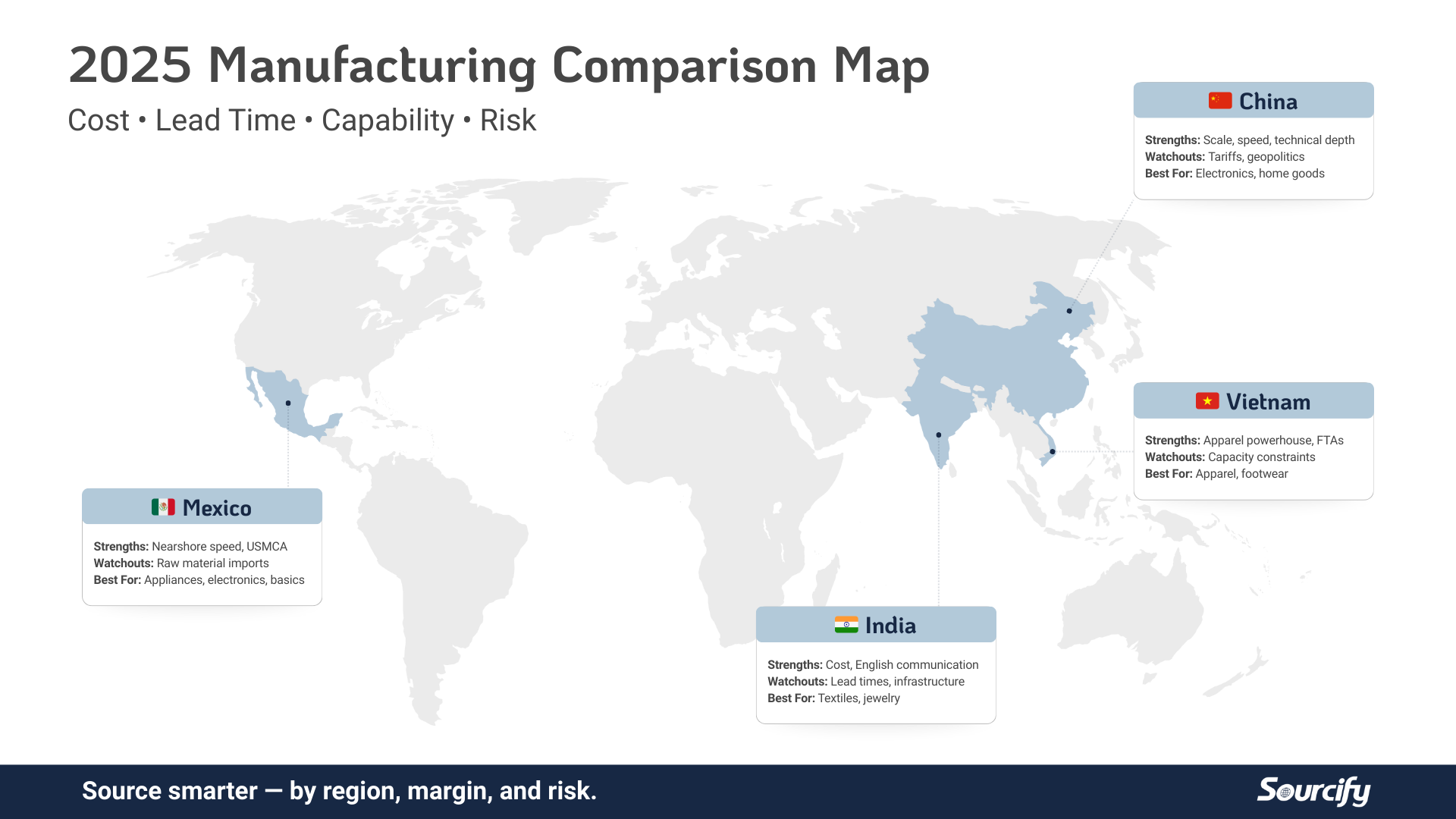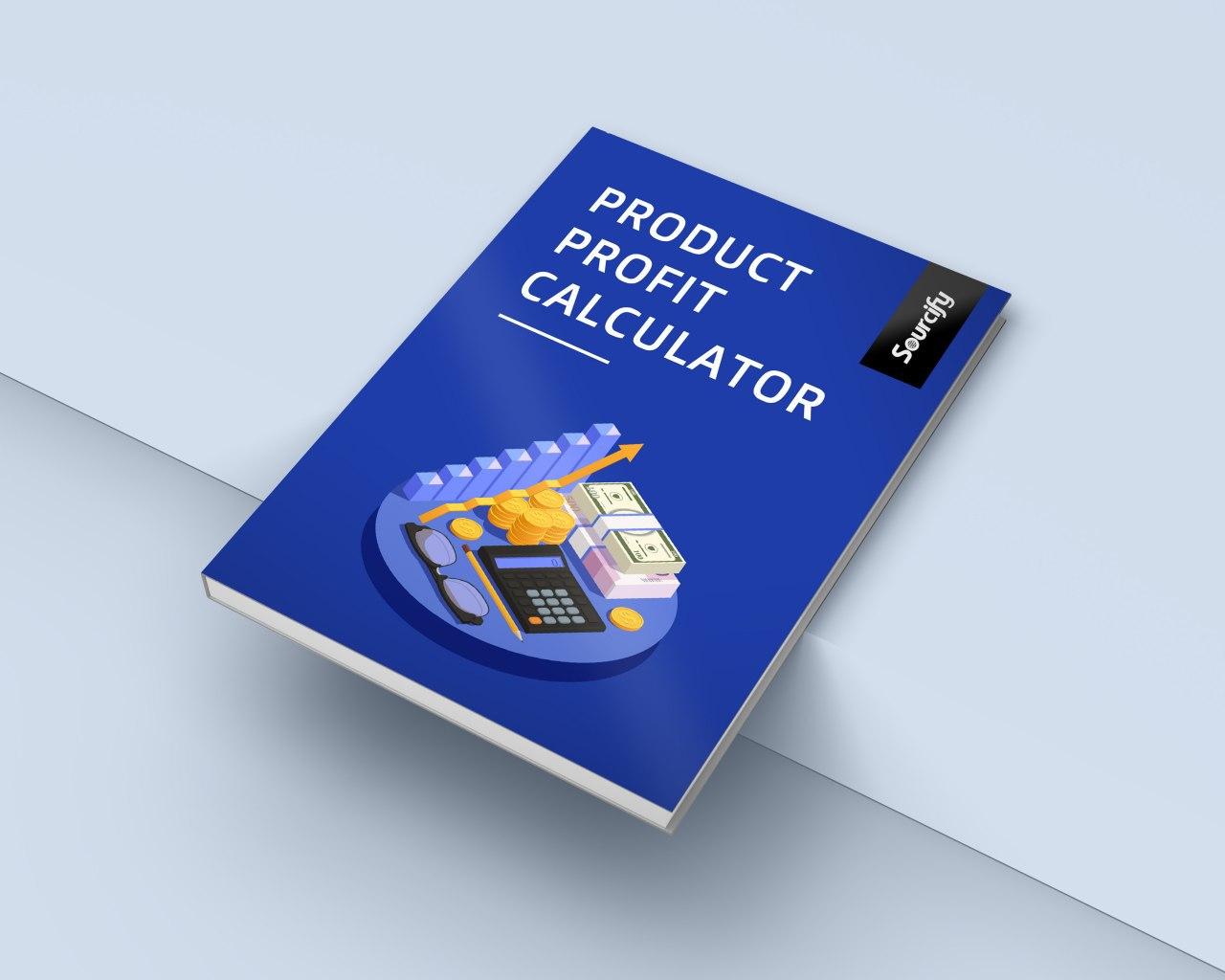When brands think about cost reduction, they often focus on product design or freight savings. But there’s a lesser-known — and incredibly powerful — lever sitting right in your supply chain: tariff engineering. At the center of it? Your product’s country of origin (COO).
Understanding how COO influences your Harmonized Tariff Schedule (HTS) codes and duty rates can help you proactively reduce landed costs, sidestep avoidable duties, and structure your supply chain for long-term flexibility.
What Is Tariff Engineering?
Tariff engineering is the strategic process of structuring your product’s design, sourcing, or assembly in a way that legally minimizes duties. This could mean:
- Changing a material or component
- Altering the final assembly location
- Taking advantage of free trade agreements
- Reclassifying your product under a more favorable HTS code
It’s completely legal — as long as the product truly matches its classification and origin. And in volatile trade environments, it’s become a key advantage for brands that want to protect their margins.
The Link Between Country of Origin and HTS Classification
Country of origin isn’t just a label — it determines which duty rates apply, what documentation is required, and even whether a product qualifies for tariff exclusions or trade programs.
Here’s how COO influences HTS codes and duties:
- Different Duty Rates for the Same HTS Code A sneaker classified under the same HTS code may face a 20% duty if made in China — but could enter the U.S. duty-free if made in Cambodia under the Generalized System of Preferences (GSP), pending renewal.
- Trade Program Eligibility Depends on COO Programs like GSP, USMCA, or African Growth and Opportunity Act (AGOA) provide preferential access — but only if the product qualifies under their strict COO rules. That includes where the raw materials came from, where transformation occurs, and how much value is added.
- COO Affects Classification Outcome Customs may reclassify your product based on the substantial transformation test — where the “essence” of the product was created. If most of the value is added in China, for example, even assembling it in Vietnam may not change the origin. This can lead to surprise duties if you get it wrong.
Real-World Example: From 10% Duty to 0%
Let’s say you’re importing a backpack. Your current supplier in China uses coated fabrics that push the duty rate to 10% under HTS code 4202.92.31. By switching final assembly to Indonesia and adjusting the fabric spec to one that falls under 4202.92.08, you may cut the duty to zero — without changing your product’s utility.
But this only works if the COO documentation, transformation process, and HTS code all align. That’s where experience and planning come in.
Key Tariff Engineering Moves to Explore
- Shift Final Assembly: Moving final steps of production to countries with better trade treatment (Mexico, Vietnam, India, etc.) may shift COO.
- Change Component Materials: Some materials trigger higher duties. Swapping them may unlock better classifications.
- Use Dual Sourcing: Even if China remains a key part of your strategy, having a second COO option lets you shift based on tariff changes.
- Leverage Trade Programs: Map out whether your products could qualify for duty-free treatment under FTAs or GSP (if renewed).
- Align Design and Classification: Involve tariff experts early during product development — not after you’ve already committed to a spec.
Final Thoughts
Tariff engineering isn’t about dodging duties — it’s about designing smarter supply chains. And understanding how country of origin shapes your HTS codes and duty exposure is one of the most powerful tools in your toolbox.
At Sourcify, we work with brands every day to rethink their sourcing strategy, manage compliance risk, and engineer cost-effective solutions without compromising quality. If your landed costs are unpredictable or you’re too reliant on a single country of origin, let’s talk.




